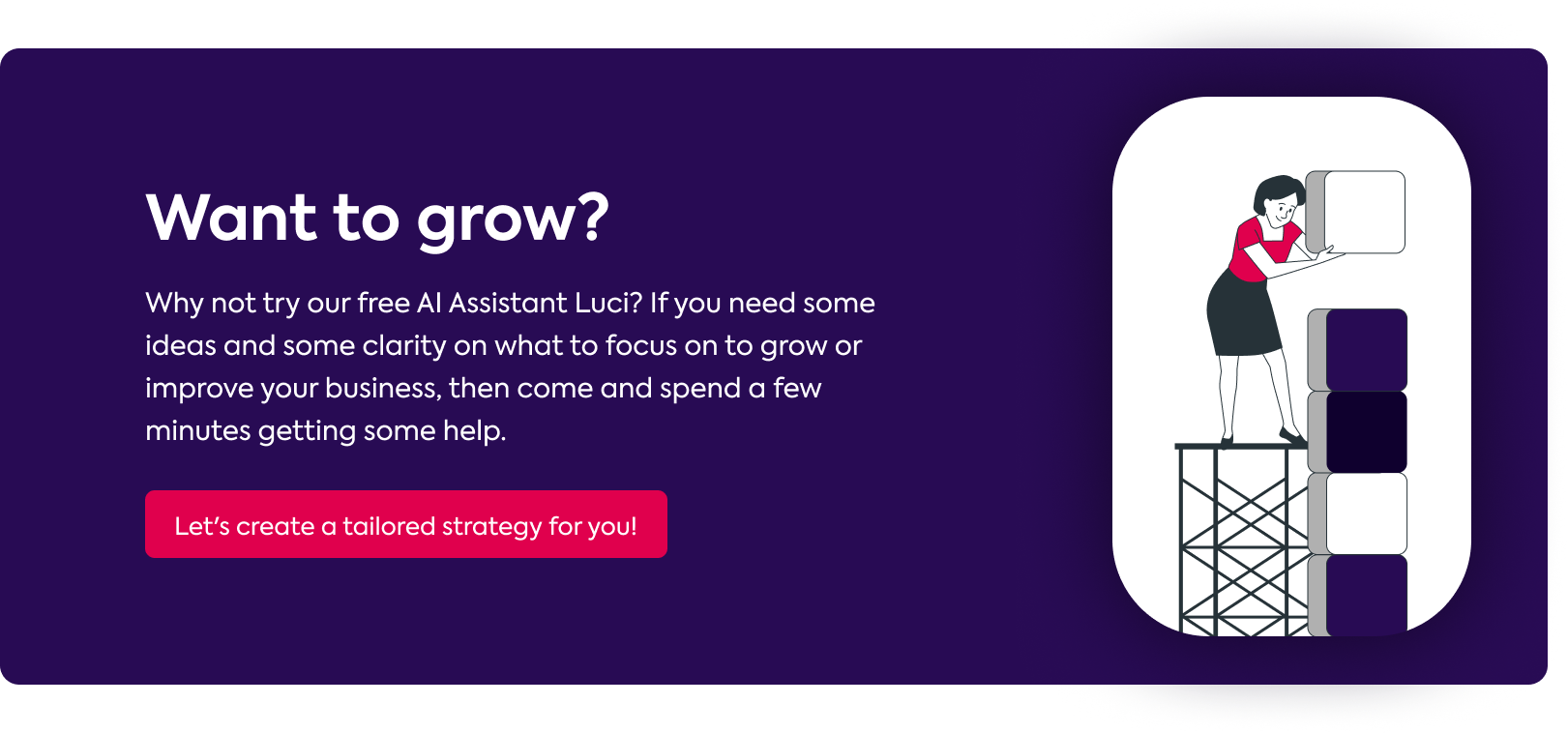Change can be one of the hardest things to implement in a business. There will be barriers across the company of all flavours, from cultural barriers to political barriers to logistical barriers, and yet so often change is vital to the survival and growth of any business. This is where Kotter’s 8 Step Change Model comes in to play.
Change itself is often inherently linked with a strategy, either very explicitly in the case of diversification, or more subtly with a “more of the same” growth strategy.
Because this topic is so challenging, there are a number of frameworks that have been developed to help. The most popular and commonly known is the 8 Step Change Model. So let’s take a look in more detail…
What is Kotter’s 8 Step Change Model?
Kotter’s 8 Step Change Model is a framework for implementing change within a business. It breaks down the process into the eight most important steps and provides guidance on the order to do them.
What are the 8 steps in Kotter’s 8 Step Change Model?
The eight steps are:
- Create a Sense of Urgency
- Create a Guiding Coalition
- Create a Vision For Change
- Communicate the Vision
- Remove Obstacles
- Create Short Term Wins
- Consolidate Improvements
- Anchor the Changes
Let’s take a look in more detail…
Step 1 – Create a Sense of Urgency
This is the most important step in the process as without it there will be no motivation for change or commitment to change. When the team understands the sense of urgency and the need for change, then you’re much more likely to get support and backing.
How you create urgency comes down to scene setting. A lot of successful implementation at this stage relies on good storytelling. Take your team on a journey, explaining the current situation and the logic behind the requirement for change. Be open and honest, and invite discussion.
Step 2 – Create a Guiding Coalition
Implementing change requires a project team of sorts. Pulling together a group from across the company who is responsible for managing the change program will increase the likelihood of success.
Try to ensure that this group is composed of team members from different functions and departments and potentially different levels. This cross-discipline approach to generating a project team will help provide a wider view of how the change is going.
Step 3 – Create a Vision For Change
We’ve spoken before about how important a vision is, in fact you can read our Ultimate Guide to Vision Statements for more on that topic. Creating a vision for change may be a completely new vision statement or it may be something that is a smaller, focused visionary statement.
The concepts of the vision statement are the same regardless of if it’s a change vision statement or a company vision statement. Keep it short, engaging, focused and use it to explain how all of the problems addressed in Step 1 will be solved.
Step 4 – Communicate the Vision
Communication is critical in any change program. We’ve touched on this in Step 1, but it also becomes a major factor in the successful implementation of step 2 and 3. In fact, it’s fair to say communication is a golden thread throughout the whole change process.
Communicating the vision out to the team and having an open dialogue is an important way to ensure support across the company. Everyone should understand the vision and where the company is going, which is one reason why it has to be simple, engaging and memorable.
Step 5 – Remove Obstacles
There’s going to be obstacles. All change has them. The solution is often communication (I know, no surprise there given the theme of this article!) and requires multiple team members working together to remove the resistance to change.
The logistical obstacles are the easiest to remove, but team member resistance is far harder to overcome when your people are not motivated or fully behind the vision.
Step 6 – Create Short Term Wins
A really effective way to motivate and excite the team is by showing progress against the change plan. The quickest way to do this is looking at the short term wins you can achieve. Create short term goals alongside your strategic objectives to give clarity around what you’re trying to do within the plan.
Once you’ve hit those goals, celebrate them! Beer and pizza, anyone? It’ll show the company that not only is change needed, but you’re successfully implementing it.
Step 7 – Consolidate Improvements
Celebrating quick wins are important but don’t relax after that beer and pizza. Implementing change is a long process and it requires continued effort to ensure you don’t start moving backwards. Keep the group focused on the next change goal and don’t undo any of the good work previously.
Step 8 – Anchor the Changes
Anchoring the change is a crucial step for obvious reasons, hopefully. When you’ve achieved a lot and progressed, you’ve got to ensure that the new approaches then embed into the company.
Depending on the level of change, this could impact your core values, your overall vision, or your future direction. Set up regular reviews to track your progress and continue to keep up communication with the team.
What are the advantages of Kotter’s 8 Step Change Model?
The main advantages of Kotter’s 8 Step Change Model are:
- It’s a simple step-by-step process that’s easy to follow and understand
- It’s built on a lot of proven research into change management
- It covers all aspects of change from cultural through to operational
- It has a strong focus on employee buy-in and communication
- There are lots of supporting documentation and guides to help
What are the disadvantages of Kotter’s 8 Step Change Model?
Every framework has some disadvantages. For example:
- It’s a great model for implementing change but is limited to those 8 steps and has nothing on how to sustain change
- Change is often more organic and less linear than the model suggests
- The model is simple but implementation requires a lot of planning
- The model is top-down and so it is potentially easy to annoy team members by not including them earlier in the change planning process
What tools can you use to help Kotter’s 8 Step Change Model?
Good change requires a lot of thought and planning. You should consider the communication, the objectives, the goals and the different team members you include at different points in the journey.
It would be silly of us to not highlight at this point that Lucidity itself is used for lots of strategic change implementations, from analysis of your wider environment through to setting the objectives and goals in your new strategy. So if you’re about to embark on a new strategic direction, then why not try Lucidity for free.
Who created the Kotter’s 8 Step Change Model?
Dr. John Kotter developed the 8 Step Change Model for his book Leading Change and has continued to refine it over the years, with the most recent version being from a 2014 book called Accelerate.
















